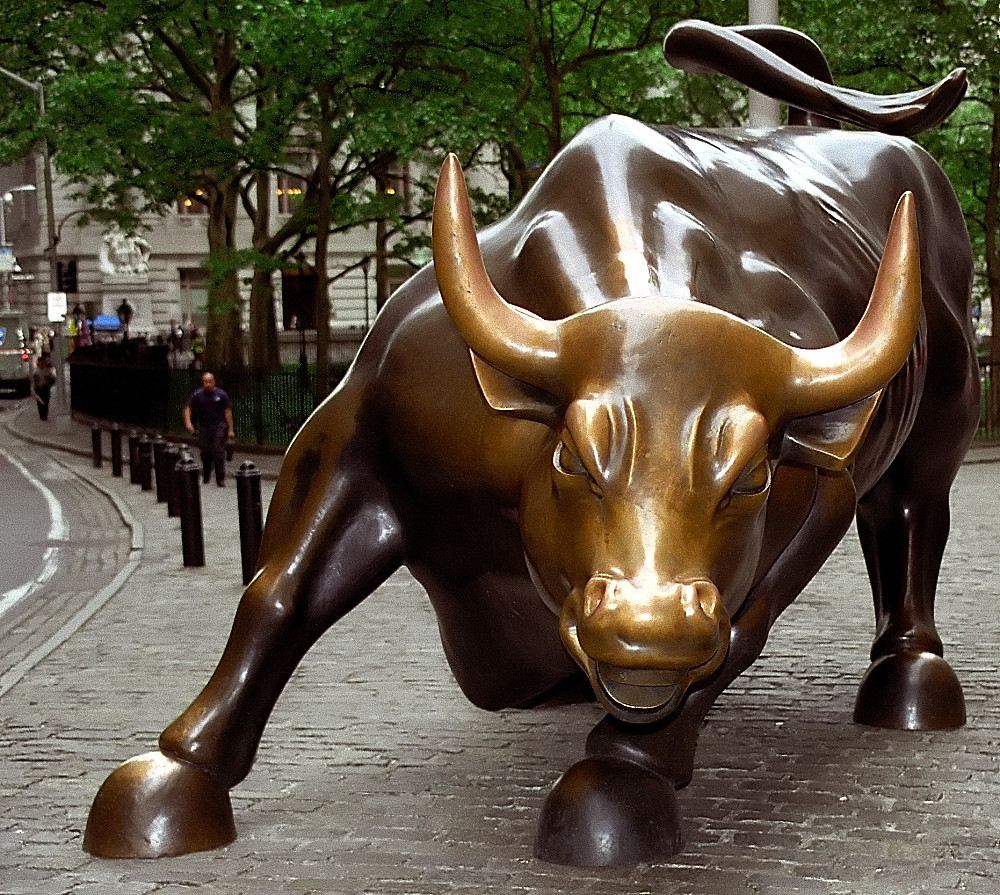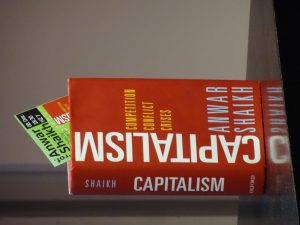Marxism Revisited
✑ ASAD ZAMAN | ± 5 minutes
Current neoclassical economists provide no explanation for the observed boom-bust cycle. Repeated cycles of expansions followed by crises is among the central insights of Marxist economics.
‟A shallow caricature of Marxist economics was presented, only to be ridiculed and dismissed.
Current neoclassical economists provide no explanation for the observed boom-bust cycle. Repeated cycles of expansions followed by crises is among the central insights of Marxist economics.
Originally published by The Express Tribune (Sept. 7, 2015).
|
|---|
About the author (click)
Asad Zaman is an economist, professor and social scientist from Pakistan. He is currently Vice Chancellor of the Pakistan Institute of Development Economics, Islamabad. He has a Ph.D. in economics from Stanford University (1978) and has taught in Economics Departments at U. Penn., Columbia Univ., Johns Hopkins, Cal. Tech, Bilkent Univ, Ankara, and LUMS, Lahore. Visit his personal website and read his articles on the WEA Pedagogy Blog.
Ever since its origins in industrialising England, the capitalist economic system has always been subject to crises. There are countless theories as to the causes, consequences, and possible remedies for these. Karl Marx was among the earliest and most famous critics of capitalism. He argued that the source of the wealth produced by capitalism was the labour of the workers. The capitalists use their power to make profits by exploiting workers, depriving them of their due shares of profits. Capitalism requires growth to prosper, and this could only come by increasing exploitation. Crises would occur when workers would be oppressed beyond their limits. Eventually, these crises would destroy capitalism as the workers revolted against this unfair system.
 |
| Karl Marx (Pixabay) |
Of course, these ideas are anathema to capitalists. During my own studies of economics in universities, a shallow caricature of Marxist economics was presented, only to be ridiculed and dismissed. Much later, I learned to my great surprise, that Marxist ideas are strongly supported by empirical evidence as well as standard capitalist economic theories. Capitalist theory argues that in free markets with perfect competition, both capital and labour earn according to their productivity, so that there is no exploitation. Textbooks pass silently over the fact that huge and increasing concentration of capital in a small number of hands makes free markets and perfect competition impossible. Textbooks also close their eyes to the reality of unemployment rates (currently at an amazingly high 23 per cent in the USA, if we include discouraged workers). Instead, neoclassical theories tell us that all workers will automatically find work in a dynamic free market economy, and blame unemployment on clumsy government interventions.
‟The Great Depression of 1929 was amazingly close to a vindication of Marxist theory.The Great Depression of 1929 was amazingly close to a vindication of Marxist theory. Historians date the start of capitalism in the USA to the end of the Civil War in the 1860s, which eliminated slavery and the semi-feudal agricultural economy of the South. This created an economic expansion led by the industrialised states of the North. The first crisis in this nascent capitalist economy was caused by wealthy European investors who invested heavily in railroads in the USA, leading to rapid growth. The huge potential of the American economy led to a mania, with rapidly increasing investment and stock prices, followed by a panic, leading to a financial crash in 1873. Repeated crises and recessions in 1893, 1900, 1902, 1907 and 1911 led to the creation of the Federal Reserve in 1914; the hope was that a central bank would be able to prevent banking crises in the future. In fact, provision of this safety valve for capitalist investors led to such massive over-investment, that the subsequent crash of 1929 created the greatest depression ever seen globally.
The stock market crash of 1929 set off a worldwide chain of bankruptcies and defaults. Factories and businesses closed, workers plunged into poverty in millions, houses and farms were repossessed, and crops which could not be sold were dumped into the sea. By late 1932, 11,000 of the United States’ 25,000 banks had collapsed, manufacturing output had fallen to half of its 1929 level, and some 30 per cent of workers searched in vain throughout the country for jobs to support their families. Farmers unable to sell their produce, unable to repay their bank loans were evicted and with their families joined the human flood of misery. John Steinbeck’s moving novel, The Grapes of Wrath, provides a vivid depiction of the era.
The global crisis of capitalism led to a surge in the popularity of communist ideas throughout the globe, especially among the working classes. Hardcore capitalists like Friedrich Hayek continued to insist that government interference with markets would only make things worse. However, communist revolutions in Europe and the USA were narrowly averted because politicians ignored free market economists, and provided the relief necessary to make life bearable for the workers.
Repeated cycles of expansions followed by crises is among the central insights of Marxist economics. Current neoclassical economists hold that stable equilibrium is rapidly achieved by free market economies and provide no explanation for the observed boom-bust cycles. The power of capitalist ideology is such that neoclassical theories easily proven false continue to be taught in universities, while serious theories, which provide much more accurate explanations of contemporary economic realities, continue to be ignored.
























Comments
Post a Comment
Your thoughts...